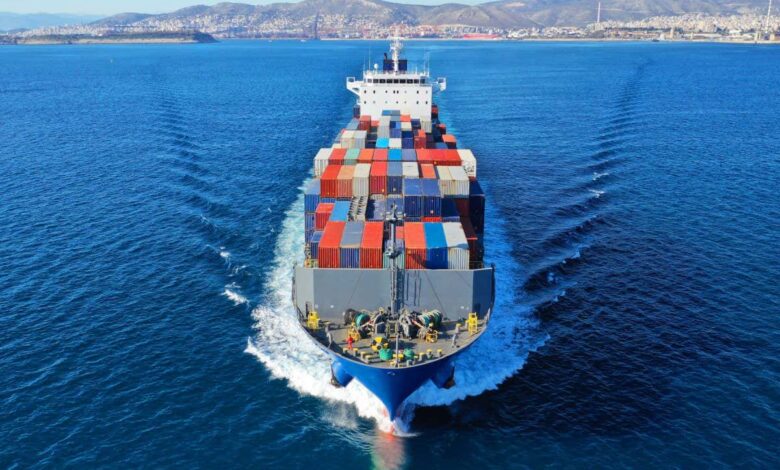Decarbonization of the shipping industry will cost over $1 trillion

Cutting the emissions produced by the shipping industry would require an investment of between $1 trillion and $1.4 trillion for it to be possible to power all transport vessels with zero-emission fuels by the year 2050.
According to a report that was presented on September 21 at the Global Maritime Forum meeting in Brooklyn, New York during Climate Week NYC, the amount of investment necessary to decarbonize the shipping industry by the year 2050 would be greater than one trillion dollars.
It is estimated that the worldwide shipping industry is responsible for approximately three percent of the world's total greenhouse gas emissions, which is approximately similar to Japan's total annual emissions. The majority of the industry's emissions originate from the burning of fossil fuels to propel the more than 100,000 huge ships that are out on the ocean. If no efforts are made to decarbonize the business, total emissions might more than quadruple by the year 2050.
Domagoj Baresic, who works for University Maritime Advisory Services, a shipping consultancy in the United Kingdom, says that increasing energy efficiency could significantly reduce emissions from shipping, but in order to fully decarbonize, it will ultimately be necessary to replace fossil fuels outright with zero-emissions fuels such as hydrogen and ammonia produced using renewable energy and methanol. This is according to Domagoj Baresic's statement.
They focused on what they call a “breakthrough target” of using zero-emission fuel for 5 percent of international shipping fuel and 15 percent of domestic shipping fuel by the year 2030. This target was considered by Baresic and Katharine Palmer at Lloyd's Register, which is a maritime services company in the United Kingdom. Baresic and Katharine Palmer examined the progress that the shipping industry has made thus far.
According to Baresic, “even though 5% sounds tiny, it signifies that all of the essential conditions start being in place” for rapidly increasing use of zero-emission gasoline from that point onward. “Even though 5% seems small, it suggests that all of the required conditions start being in place.” According to him, there is almost no use of fuels with zero emissions in the maritime industry at the moment.
The United Nations organisation responsible for regulating international shipping, the International Maritime Organization, has approved a policy to reduce emissions from shipping by fifty percent by the year 2050. At least 14 countries, including the United States and the United Kingdom, have put their names to a more aspirational proposal to cut emissions from shipping by one hundred percent by the year 2050.
Rasmus Bach Nielsen, who works for Trafigura, a multinational commodities trading corporation with its headquarters in Singapore, says that “two years ago there was virtually nothing occurring in the shipping industry” on the subject of decarbonization. “You really need to get a grasp on how quickly things are progressing,” I believe you said.
According to the findings of the analysis, despite the pledges made by the business, it is only “mostly on track” to meet the targets set for 2030.
According to Baresic, “at this point we've reached the stage where it's about seeing commitments materialise into real-world acts.” “Is the money still available? Are we really witnessing the building of the ships and the infrastructure?”
The research notes that there are at least 203 green shipping pilot projects now under way, but it emphasises that these initiatives must now be translated into longer-term commitments such as investments in zero-emission fuel infrastructure. The research suggests that zero-emission fuels should be the primary focus of attention; nevertheless, it is possible that certain ships may be powered by electric batteries, nuclear power, or even sails propelled by wind in the traditional sense.
Additionally, twenty-two countries have pledged to establishing six zero-emissions maritime routes by the year 2025. One of these routes will connect Los Angeles, California, and Shanghai, China. The initial infrastructure that is required to scale up environmentally friendly shipping could be helped along by these routes.
According to the findings of the study, reducing carbon emissions from shipping around the world by the year 2050 would require an investment of between one and one and a half trillion dollars.
According to Baresic, “It's a Big Number,” but it would be the result of worldwide investments from different businesses stretched out over several decades.




